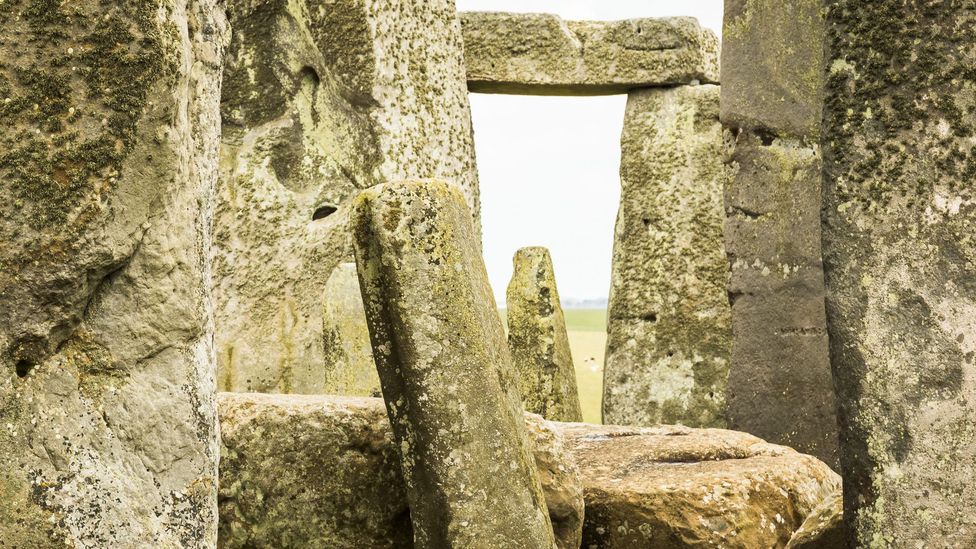
So we set about searching for a Welsh stone circle that we could conclusively link to the stones on Salisbury Plain. To prove this theory, we needed to find that original site.

Thomas concluded that the bluestones originally formed a “venerated stone circle” somewhere in Wales. This would concur with the theory of the eminent Welsh geologist Herbert Thomas, who in 1923 worked out that Stonehenge’s bluestones had been moved to Salisbury Plain by people – not carried, as some had speculated, by Ice Age glaciers. Surely it couldn’t have taken 400 years to haul newly-quarried bluestones to Stonehenge? The stones from Carn Goedog and Craig Rhos-y-felin must have stood elsewhere in the centuries before they were transported to Wiltshire. The early date of quarrying was puzzling. Most importantly, carbonised wood and hazelnuts identified by archaeobotanist Ellen Simmons provided proof that people quarried at both sites from around 3400BC. This led our team to Preseli to dig at the outcrops, where we recovered evidence of quarrying tools – stone wedges and hammerstones – which confirmed that the sites were indeed Stone Age quarries. Then, recently, geologists matched two of the types of dolerite and rhyolite present at Stonehenge to specific rock outcrops in the Preseli Hills called Carn Goedog and Craig Rhos-y-felin. Our excavations at Stonehenge in 2008 produced evidence that the Welsh bluestones had formed the site’s first stone circle, set in a wide ring known as the “Aubrey Holes”. Stonehenge is the only stone circle in Europe whose stones were quarried more than 20km away, making it very unusual. Among its stones are the bluestones: smaller pillars of dolerite, rhyolite, volcanic ash and sandstone which we have long known were sourced from the Preseli Hills (Mynydd Preseli) in west Wales, more than 140 miles (225km) away. Stonehenge was built in five constructional stages over 1,500 years, beginning around 3000BC.

Our findings have dramatic implications for our understanding of the UK’s best-known Stone Age site. Though the stones were moved by manpower not magic, and taken from Wales not stolen from Ireland, our new research has revealed that Stonehenge may actually have first stood on a windswept hillside near the Pembrokeshire coast, at a site called Waun Mawn, before 3000BC. Now, it appears the medieval chronicler might have been on to something. Professor Mike Parker Pearson (UCL Institute of Archaeology) discusses his research which has found a dismantled stone circle in west Wales which was moved to Salisbury Plain and rebuilt as Stonehenge.Īccording to Geoffrey of Monmouth, whose History of the Kings of Britain was written in 1136, the mysterious monoliths at Stonehenge were first spirited there by the wizard Merlin, whose army stole them from a mythical Irish stone circle called the Giants’ Dance.Ĭenturies before the development of rudimentary geology, Geoffrey’s exotic theory – that the stones at Stonehenge were filched from a foreign field – has enveloped the 5,000 year-old site in yet another layer of mystical intrigue.


 0 kommentar(er)
0 kommentar(er)
